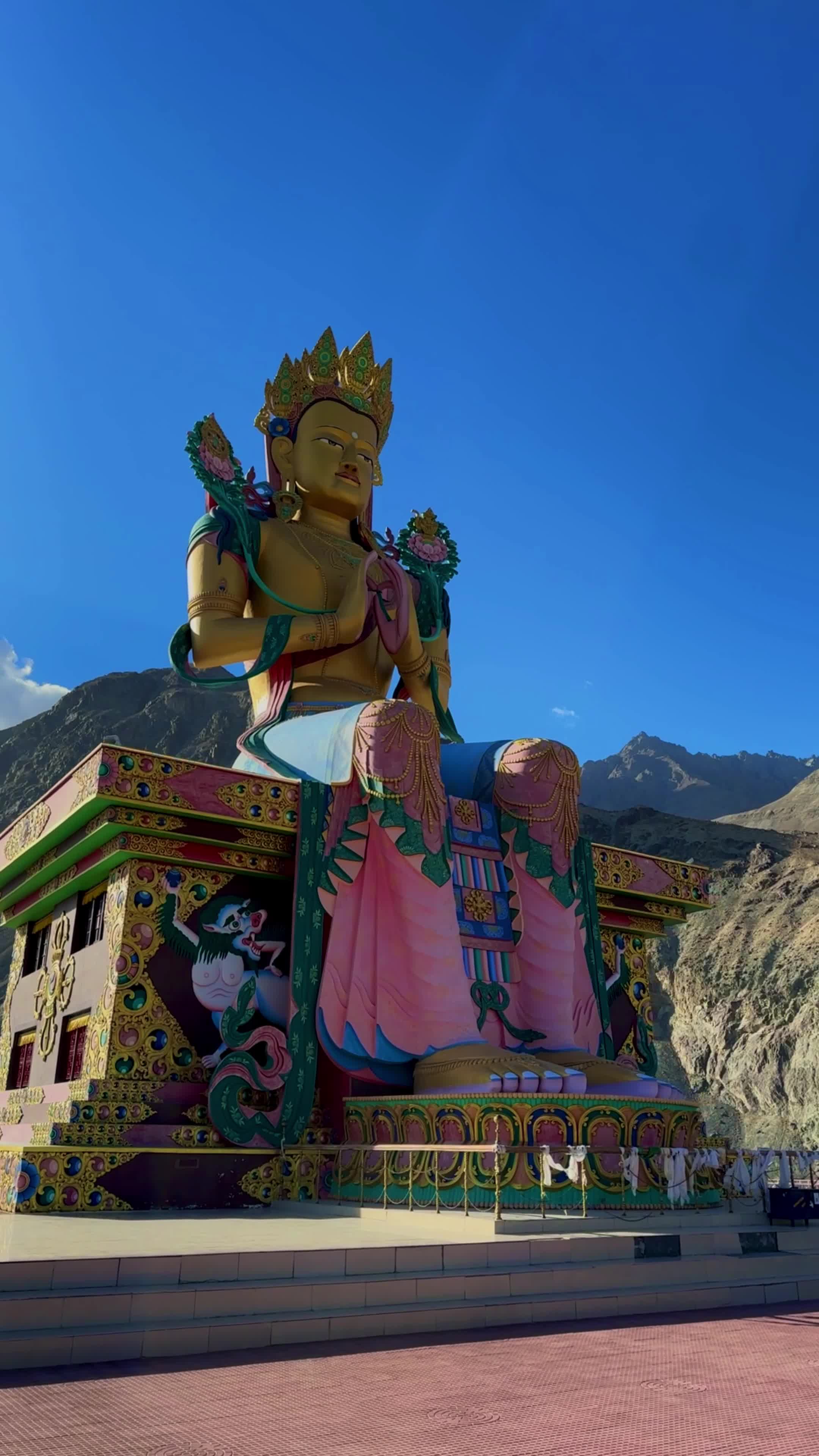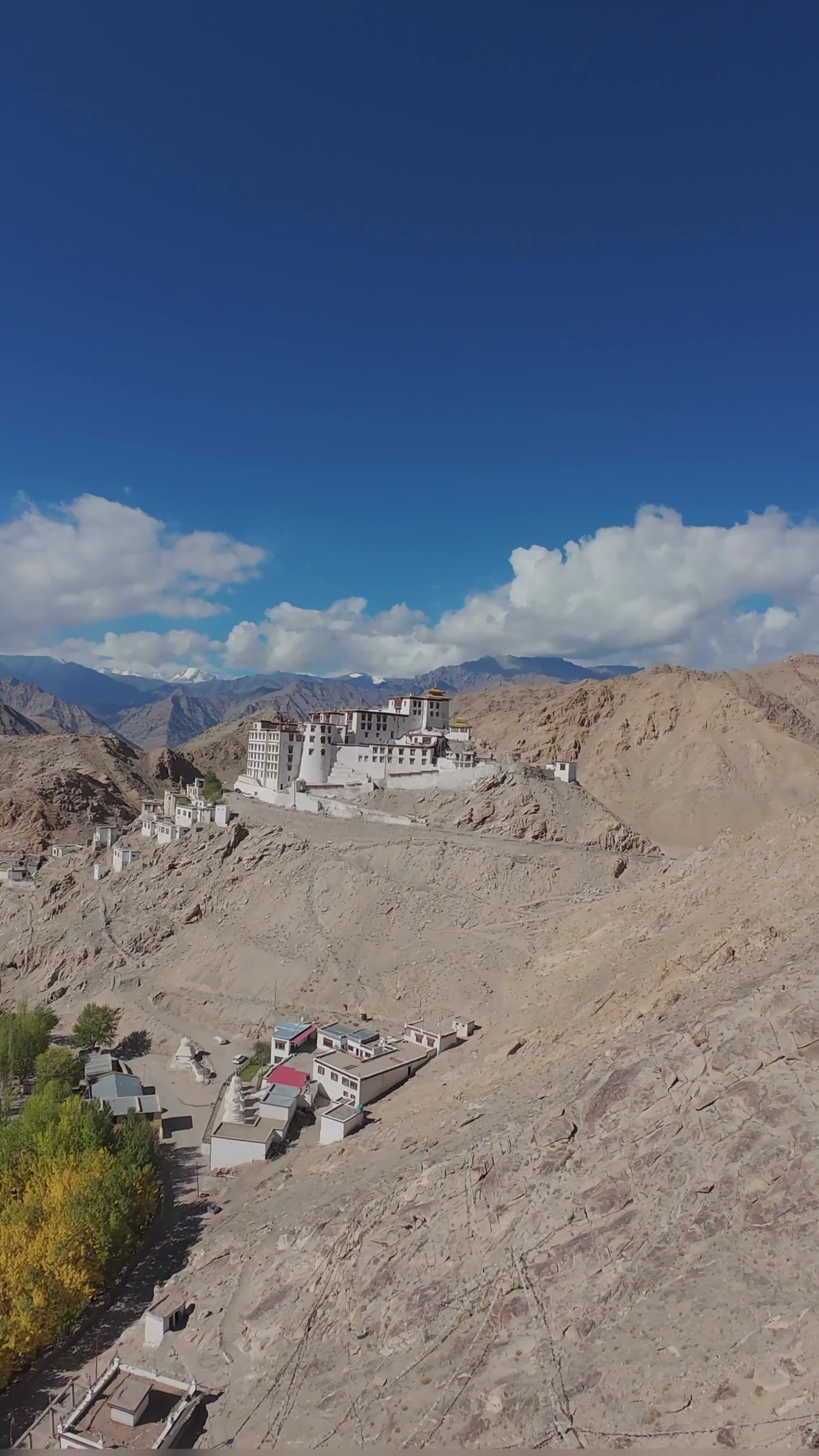What to Do
The Gurudwara is the soul of Manikaran, and even if you’ve never been to one before, you’ll feel how open and grounding it is. Sit for langar, they’ll serve you hot dal, sabzi, roti, and kheer cooked right in the bubbling spring water. There’s also a Hindu temple next door, and both seem to share the space effortlessly. Don’t leave without dipping into the hot spring bath, it’s divided by gender, and while it can feel way too hot at first, it’s something else to just soak in natural heat that’s been bubbling beneath the earth for who knows how long. Time slows down here. You don’t come to Manikaran to tick boxes, you come to pause.
How to Get There
From Kasol, it’s only about 4 kilometers, and honestly, walking is the nicest way to go. There’s a riverside trail that takes you past sleepy hamlets, pine trees, and the ever-present rumble of the Parvati. It’s mostly flat and takes about 45 minutes to an hour. If you’re not in the mood to walk, local taxis are always around and will get you there in 15 minutes for around ₹300 to ₹500. Shared jeeps come and go frequently, especially in the mornings. If you’re coming from Bhuntar or Kullu, Manikaran falls right after Kasol on the same winding road, narrow, yes, but totally drivable. Even local buses run this route, though they can get a bit crowded and slow. Still, they drop you right near the Gurudwara, and that’s half the convenience.
For the Curious
There’s a legend here that Lord Shiva and Parvati once rested in Manikaran, and while Parvati was bathing, her earring slipped into the river. When it couldn’t be found, Shiva opened his third eye in frustration, and from that fury, a spring burst open, returning the jewel. It’s a wild myth, but when you see boiling water pouring out of the rocks right next to a freezing Himalayan river, you get why such stories came to be. There’s something undeniably mystical about the place. And it’s not just myth, the springs are geothermal, and they’ve been part of spiritual traditions here for centuries. The energy of the place really does feel different. One second you’re standing in front of a holy fire, and the next you’re staring at snow-covered cliffs in the distance. Somehow, it all belongs.
Good to Know
Manikaran doesn’t charge any entry fee, you just walk in. The Gurudwara is open from early morning to late evening, and it’s always buzzing. Carry a towel and an extra set of clothes if you plan on using the hot baths, you’ll be glad you did. Shoes are left outside, and it’s respectful to cover your head while inside; they usually provide scarves at the entrance if you forget. There aren’t many proper cafés right outside the temple, so bring water or snacks if you want something specific. Morning is the best time to visit, fewer people, gentler light, and the steam rising in the early sun makes everything feel almost cinematic. Photos are totally fine in the open areas, but be subtle around the sacred spots.



















